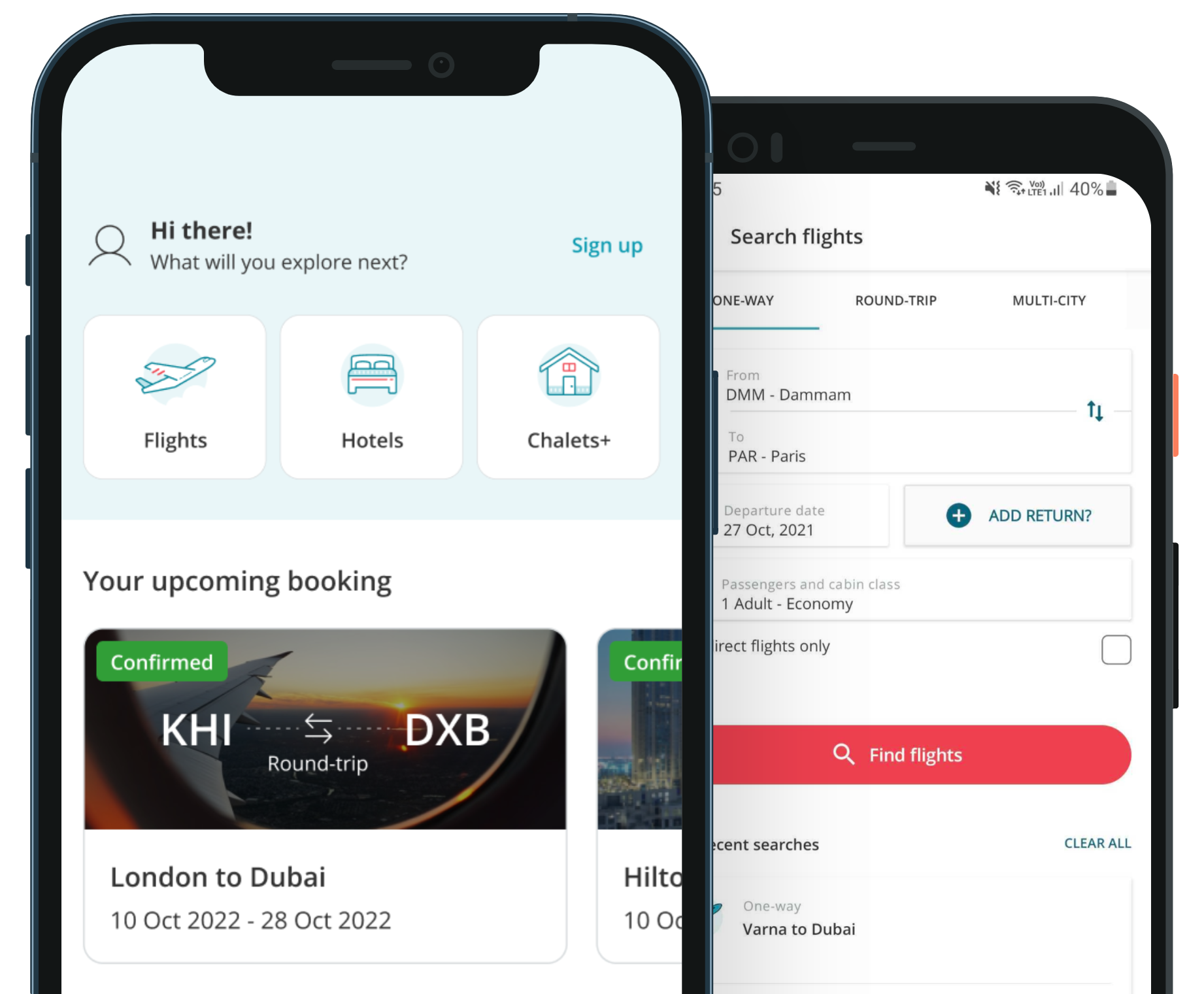Ministry of Health
Overview
The Ministry of Health and Medical Education (MOHME), established in 1904, serves as Iran’s central authority overseeing public health, medical services, medical education, research, licensing, and pharmaceutical regulation under the government's jurisdiction . With over 427,000 employees in 2019, the ministry directs an expansive network encompassing hospitals, clinics, and medical universities nationwide
Core Duties & Services
1. Health System Governance & Regulation
MOHME exercises policymaking and strategic oversight for the national health system, enforcing regulations across public and private health providers
It defines national medical standards, develops public health strategies, and ensures equitable access to healthcare
2. Medical Education & Research
Responsible for all medical education, MOHME supervises 21 medical universities and numerous associated colleges across Iran
By integrating education with clinical services and research, the ministry enhances service quality and strengthens Iran’s research landscape
3. Public Health & Primary Care Services
MOHME administers Iran’s extensive Primary Health Care (PHC) network, which serves as the first contact point for preventive, maternal-child, chronic disease and communicable disease services
Collaborates with WHO on initiatives such as the PHC Measurement and Improvement Programme to boost community-level resilience during health emergencies like COVID‑19
4. Pharmaceutical & Medical Equipment Regulation
Leads Iran’s national drug policy, promoting local production of key medicines and ensuring affordable, high‑quality pharmaceuticals
The ministry’s Food and Drug authority oversees licensing, distribution, and quality control of pharmaceuticals and medical devices.
5. Emergency Medical Services (EMS)
MOHME oversees Iran’s national pre‑hospital emergency service (115), which includes ambulance, air, rail, and marine responses. As of 2020, more than 2,190 EMS bases operate countrywide
6. Health Financing & Transparency
The Department of Resource Management & Development leads efforts to institute health accounts—financial tracking systems to foster transparency and improve resource allocation
Works with WHO and the World Bank to enhance imaging service access in public hospitals under national emergency health initiatives
⚙️ Organizational Structure
MOHME is organized into five main departments, each led by a deputy minister
Health – oversees public health, primary care networks, disease prevention campaigns.
Research and Technology – directs research institutions and technology adoption across the health sector.
Education – manages medical universities, curricula, and professional training.
Logistics – handles infrastructure, medical equipment logistics, and facility support.
Food and Drug – regulates drugs, medical devices, licensing, and quality assurance.
MOHME also collaborates with institutions like the Medical Council of Iran, which handles licensing and continuing education for health professionals .
👤 Minister & Leadership
Mohammad‑Reza Zafarghandi, a vascular surgeon and professor, assumed office in August 2024, under President Masoud Pezeshkian’s administration .
His predecessor, Dr. Bahram Eynollahi, served from August 2021 to August 2024
As minister, Zafarghandi has pledged to address ailments including pharmaceutical shortages, digital transformation, and expanding equitable health access.
Notable Initiatives & Collaborations
4030 Call System: A national hotline offering COVID‑19 screening, nutritional, maternal health, and mental health counseling services
WHO & World Bank Partnerships: Joint programs to upgrade imaging technology, improve environmental health strategies, and enhance health system financing transparency
📊 Summary Table
FunctionScope
Governance & health policy
Strategy, regulation, standards
Healthcare delivery & PHC
Clinics, hospitals, national health network
Medical education & research
Universities, curricula, clinical training
Drug & equipment regulation
Licensing, procurement, local production
Emergency medical services (EMS)
Ambulance, air, rail, marine rescue services
Financing & data transparency
Health accounts, budgeting, WHO/World Bank collaborations
🔍 Conclusion
Iran’s Ministry of Health and Medical Education is a linchpin institution in the country's health ecosystem—centralizing governance, integrating education with clinical services, and responding to public health needs. With modern initiatives and strengthened global collaboration, MOHME continues to shape Iran’s drive toward universal and equitable healthcare.
If you’d like to delve deeper into specific programs, departments, or recent reforms, feel free to ask!







